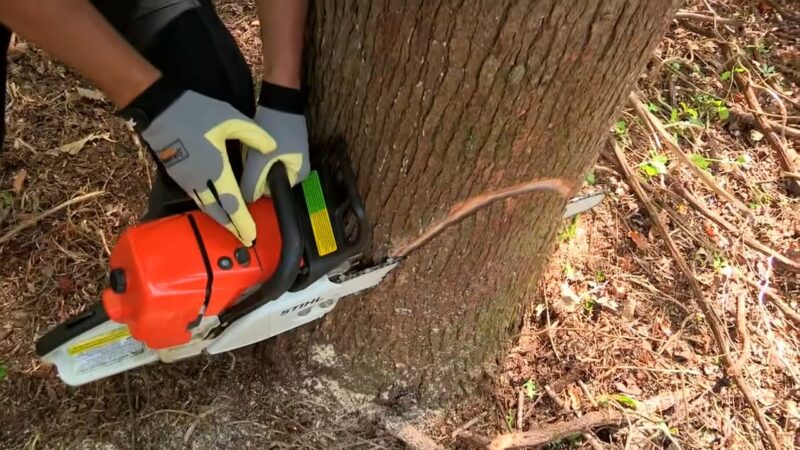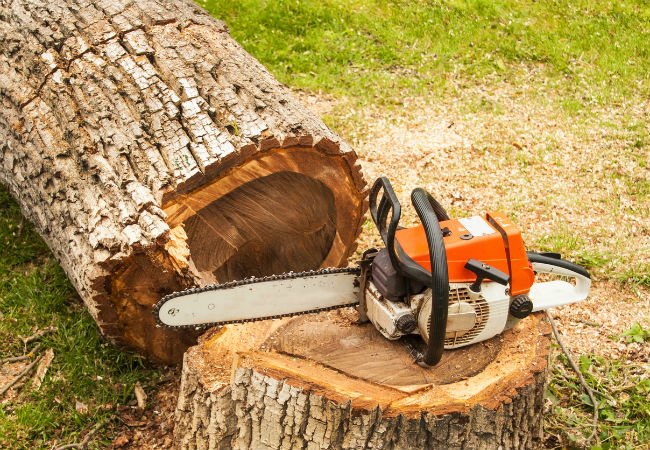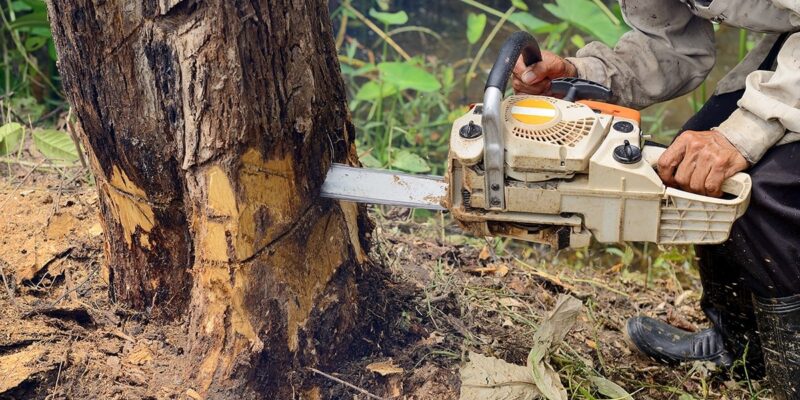DIY tree felling might seem like a cost-effective solution for managing your property, but it comes with significant risks and safety concerns. Understanding these risks is crucial to avoid accidents and damage.
Professional removal services, like tree felling Johannesburg, offer a safer alternative, ensuring that the job is done correctly and safely.
Now let us see what are the potential issues with you doing it on your own.
Common Risks

First, let us talk about the commonest risks associated with this activity.
Accidents and Falls
One of the most common risks associated with DIY tree felling is accidents and falls. Misuse of ladders is a significant issue; many individuals fail to secure ladders properly, leading to falls from considerable heights.
Inappropriate use of climbing equipment can result in slips and falls. The risk of falling from heights is amplified when individuals lack proper safety gear and training, making tree felling a dangerous task without the right precautions.
Improper Tools and Equipment
Using improper tools and equipment is another major risk. Dull or unsuitable tools can cause accidents due to ineffective cutting, which might lead to unexpected tree movements.
The lack of specialized equipment such as harnesses and chainsaw pants increases the likelihood of injury. Handling power tools like chainsaws without experience can be particularly hazardous, as chainsaw kickbacks can cause severe injuries. In Johannesburg, where tree felling is often necessary, having the right tools is essential for safety.
Lack of Knowledge and Experience
A lack of knowledge and experience can turn felling into a hazardous activity. Misunderstanding physics and biology can lead to incorrect cutting techniques, causing the tree to fall in unpredictable directions.
Misjudging the height and its fall direction can result in damage to property or personal injury. Proper cutting techniques are crucial for ensuring it falls safely, something that inexperienced individuals often overlook.
Specific Hazards

Now let us see what are the specific hazards.
Gravitational Forces and Dynamics
Tree removal involves dealing with significant gravitational forces and tree dynamics. Unpredictable falling branches can pose a severe risk to anyone nearby.
Understanding the weight distribution and balance of a tree is essential; failure to account for these factors can lead to the tree falling in unintended directions, causing injury or property damage.
Hidden Dangers
Hidden dangers, such as power lines, pose additional risks during tree removal. Accidentally cutting or coming into contact with power lines can result in electrocution.
Improper tree felling can cause extensive environmental and structural damage. Falling ones can damage houses, cars, and other property.
Legal and Financial Implications

There are potential legal and financial implications associated with this activity as well.
Permits and Fines
Tree removal often requires permits, and failure to obtain these can result in fines. Illegal tree felling can lead to legal consequences, adding to the overall cost and hassle.
In Johannesburg, where local regulations might be strict, it’s crucial to ensure all legal requirements are met before proceeding with tree felling.
Property Damage Costs
The potential for property damage costs is significant. Accidents during tree felling can result in expensive repairs to homes, vehicles, and other structures.
Improper tree felling can impact insurance rates, as insurance companies might increase premiums or refuse to cover damages caused by negligent tree removal practices.
The financial implications can be substantial, making professional tree removal services a more viable option.


